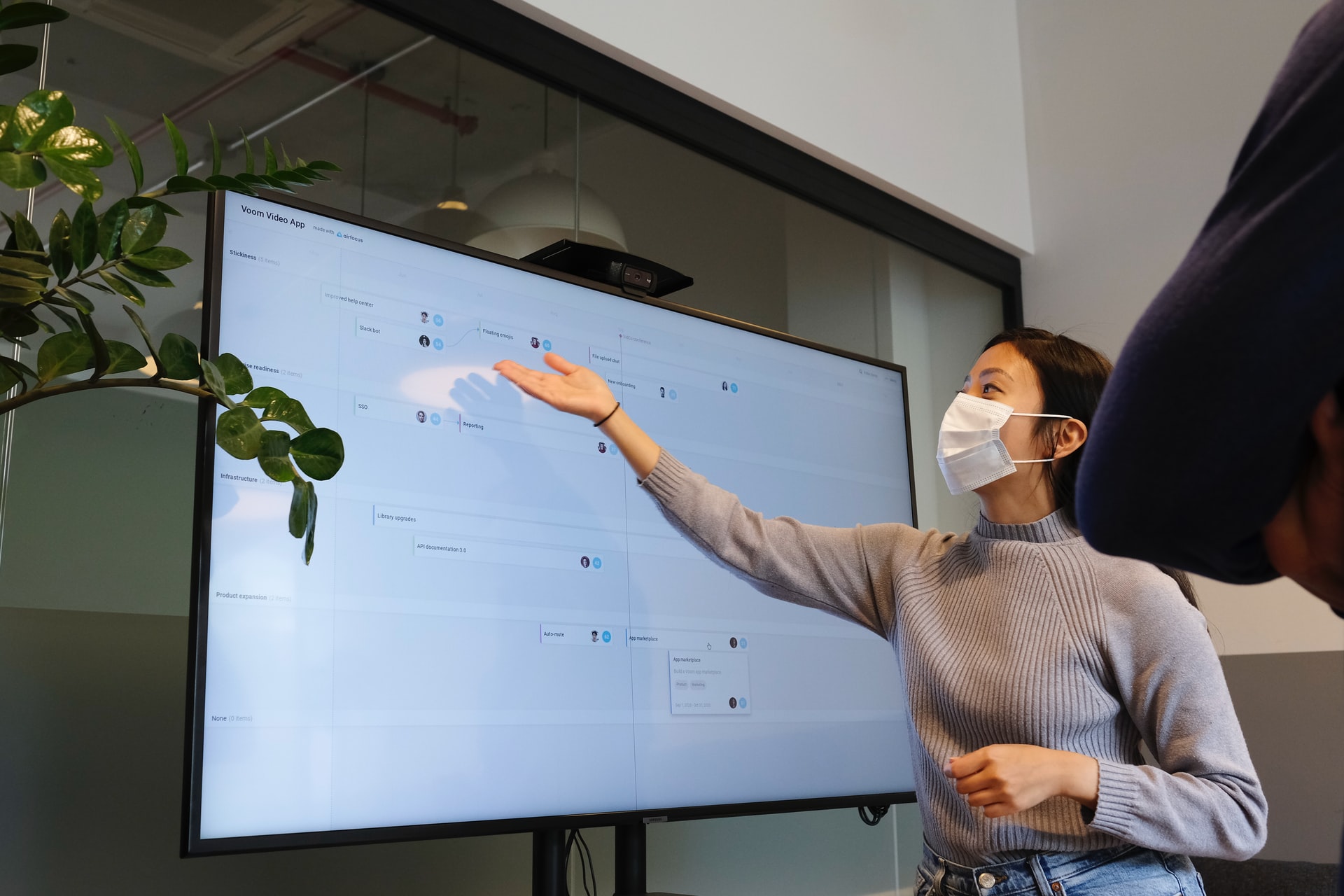Are you looking for ways to record a webinar for free? If that’s the case, you are in the right place.
Recording webinars make it easier for you to capture and save for later viewing. This means you don’t have to be in front of your computer all day for the entire webinar. As long as you use the right webinar recording tools, you’ll be able to produce the best content for your audience.
How to Record Webinars on Windows (Versions 10, 8, and 7)
For this article, we’ll show you the steps on how to record webinars using Movavi Screen Recorder. For the reason that it’s one of the most efficient screen recording software that offers a free trial. Movavi allows you to capture video as an attendee or capture responses and information presented in the webinar.
After you test it out, you can either upgrade to the paid version to get all features or choose another screen recorder that’s right for you. If you want to proceed using Movavi, follow these steps.
1. Download and select a recording option.
Start by downloading Movavi Screen Recorder for free here. Make sure to follow the instructions to ensure the correct installation of the software. Then, click Screen Recording to start capturing.
2. Adjust the recording frame.
Select the scope you want to capture by adjusting the recording frame. For instance, you can adjust the frame to exclude any side commentary on the webinar’s main content. Likewise, if you want the webinar to take up only a small portion of your screen while you work on other tasks, you can adjust the screen recording to capture only a specific area.
3. Check your system audio and microphone settings.
To record a webinar, you’ll only need the output from the speakers. When you record your webinar, make sure not to capture external noise coming from your microphone. Ensure that your system audio icon is highlighted in green to pick up audio input from the webinar. Also, check if the mic icon is not highlighted in green as this indicates that the screen recorder is not capturing any sounds from your room.
4. Click the record button.
Start recording, and remember not to switch to a different window or tab while you’re running your screen recorder. This will capture not just the webinar but also whatever’s going on your screen. Make sure not to obscure the recording window with another program, as it will record what’s actually on the screen.
5. Stop the recording once you’re done.
Once you’re done recording, you can click the stop button. You may also pause the recording during the webinar. You can do this for instances where the main speaker goes on a break, or you simply want to shut down the recording temporarily.
6. Make the necessary edits.
If you want to make changes to your recorded webinar, you can do so through the editing feature. You have the option to cut sections you don’t need from the video, then save it to your desired location right after.
How to Record a Webinar on Mac
If you’re using Mac, follow these steps to record a webinar.
1. Download the webinar recording software.
Download the Movavi software for Mac here. Make sure to follow the instructions according to the prompts by the download manager to ensure proper installation.
2. Access the screen recording tools.
Make sure of the shift + CMD-5 shortcut on your keyboard to have access to the screen recording tools. These controls will give you the option to record the entire screen, select the portion of the screen you want to record, and capture a still image of the screen instead of a recording.
Select the part of the screen you wish to record. If you intend to record the entire area of the screen, you can start capturing by clicking anywhere on your screen.
3. Select your audio parameters.
Do you wish to record from your external mic or capture audio directly from the webinar? If you’re providing commentary throughout your webinars, you may want to capture internal audio through the software.
4. Start your recording, then click stop once done.
You can now start recording the webinar segment you want. Click the record button, then pause when needed. You can also click stop if there’s a specific segment you don’t want to include because you don’t need that information from a particular part.
Don’t forget to stop recording once done so that you don’t capture unnecessary segments of the webinar.
5. Edit the recorded video if necessary.
Through the video editing feature, you can cut out segments of dead air to streamline your webinar. You can also cut out commentaries from other attendees or erase sections of the webinar that you don’t need. You don’t have to edit the file before you save it since you can come back any time to make changes.
Don’t forget to save your file once you’re done with any editing.
Have you found the best way to record a webinar?
Interruptions can happen, especially if you record webinars from home. Choosing the right screen recording software allows you to revisit your webinar videos and improve your content.
